- - What is the Purpose of a Sinus Lift?
- - When is Sinus Lift Necessary?
- - Who Is a Candidate for a Sinus Lift?
- - How is a Sinus Lift Performed?
- - What to Expect During and After Sinus Lift Surgery?
- - Conclusion
- - FAQs
Tooth loss is a prevalent dental concern affecting a significant number of people around the globe. If you are missing one or more teeth, you will likely be interested in replacing them as soon as possible. It may be disappointing to learn that you will need to undergo a sinus lift procedure before you can move forward with getting dental implants.
In this blog post, we are going to provide an overview of the characteristics of the sinus, the situations in which its removal is necessary, and the reason behind this procedure before dental implants are performed.
What is the Purpose of a Sinus Lift?
The sinuses are small, hollow spaces located behind your cheekbones and forehead, connected to the interior of the nasal cavity. The bone within the sinuses is lined with a thin membrane.
A sinus lift or augmentation is a surgical procedure that can help ensure the dental implant is successful. The bone in the maxilla (where your premolars and molars are) needs to be strong and big enough to support the implant. If it's not there yet, the dentist will lift the membrane in the sinus cavity and add more bone underneath. This is where the procedure gets its name. Over time, the new bone will fuse with the existing bone.
When is Sinus Lift Necessary?
There are a few reasons why a sinus lift might be needed. If there isn't enough bone to anchor the implant properly, it can fail. But why wouldn't someone have enough bone in their jaw? It could be that someone was born with big sinus cavities or a thin jawbone. However, it's most often needed because of bone loss over the course of one's lifetime. Bone loss can be caused by one of the following:
- Aging
- Periodontal diseases
- Mouth cancer
- Loss of teeth in the upper jaw causing the bone to be reabsorbed
Prior to performing a dental implant procedure, your dentist will conduct a comprehensive clinical assessment to determine if a sinus lift is necessary. This assessment will encompass an in-depth examination of the mouth, gums, and teeth, along with imaging studies such as X-rays. Dental implants are often a costly investment, making it crucial to ensure that all necessary steps are taken to achieve optimal results.
Who Is a Candidate for a Sinus Lift?
There are several factors that may contribute to the inability of the upper jaw to serve as a suitable foundation for dental implants:
- Your genetics have endowed you with larger-than-average sinuses
- It's been quite a while since you lost your natural teeth. As soon as there are no longer tooth roots in place to stimulate the jawbone, it tends to begin deteriorating
- You're getting older. Over time, the sinuses tend to naturally enlarge
- You had an injury that made your upper jaw weaker and less dense
- You had a cyst or tumor removed from your upper jaw via surgery
- You had pretty severe gum disease, which caused your jawbone to become weaker and smaller
How is a Sinus Lift Performed?
There are several methods for performing a sinus lift. The selected approach depends on the existing jaw bone volume, the type of graft material used, and the planned implant procedure. It can be conducted using an external or internal approach under local anesthesia.
In essence, a minor incision is made in the gum tissue, which is then elevated to provide the surgeon with access to the underlying bone. A small incision is then made in the bone, which is subsequently elevated into the sinus cavity. The bone graft is then placed into the remaining gap, and the incision is then closed with stitches.
What to Expect During and After Sinus Lift Surgery?
Thanks to sedation, you should be pretty comfortable during your procedure. In fact, you should hardly feel a thing. Some soreness is normal after your appointment, and you'll need to follow post-op instructions to protect your sutures and help your body heal. Some gum swelling is to be expected, and it's easily managed with over-the-counter painkillers. We might also give you antibiotics and anti-inflammatories for any swelling.
About four to six months after surgery, the bone graft should be fully integrated with your jawbone. Your oral surgeon will monitor your recovery and let you know when it's safe to place dental implants.
Conclusion
At Turkey Luxury Clinics, we are prepared to assist you throughout the process of getting dental implants. Our team of dentists and maxillofacial surgeons is ready to help with all your dental needs. Contact us now and we will help you restore the smile you deserve.
FAQs
- What are the benefits of a sinus lift?
As well as making your dental implants more secure, the procedure could even help to improve the appearance of a sunken face, which can often be a result of tooth loss.
- What bone is used for sinus lift?
There are different types of bone used for sinus lifts. The bone can either be your own, taken from your mouth or elsewhere in your body, or it can be from a cadaver or cow.
- Can a sinus lift and implant be done simultaneously?
In a few special cases where a mild sinus lift is needed, the two procedures can be done at the same time. As a general rule, these procedures are done separately, with a follow-up appointment a week or so after the sinus lift. The time between both procedures can vary, depending on how much extra bone is used. It can be anywhere from 4 to 12 months.
- Is a sinus lift painful?
Most people feel a little uncomfortable, but it's really not painful. Before the procedure, you'll be given either oral or intravenous sedatives or a local anesthetic, so you won't feel a thing.
- What are the potential complications of a sinus lift?
Swelling, numbness, bleeding, and feeling of blocked sinuses.

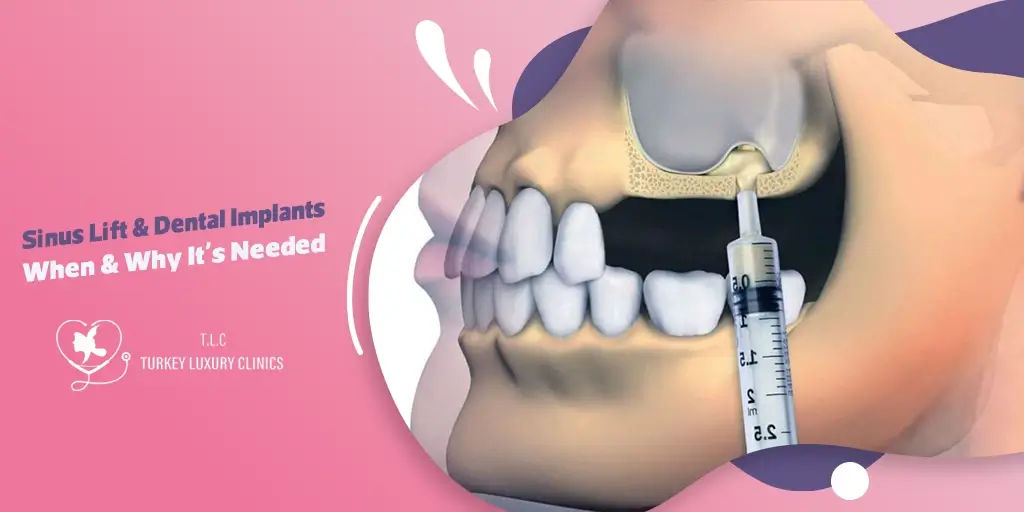

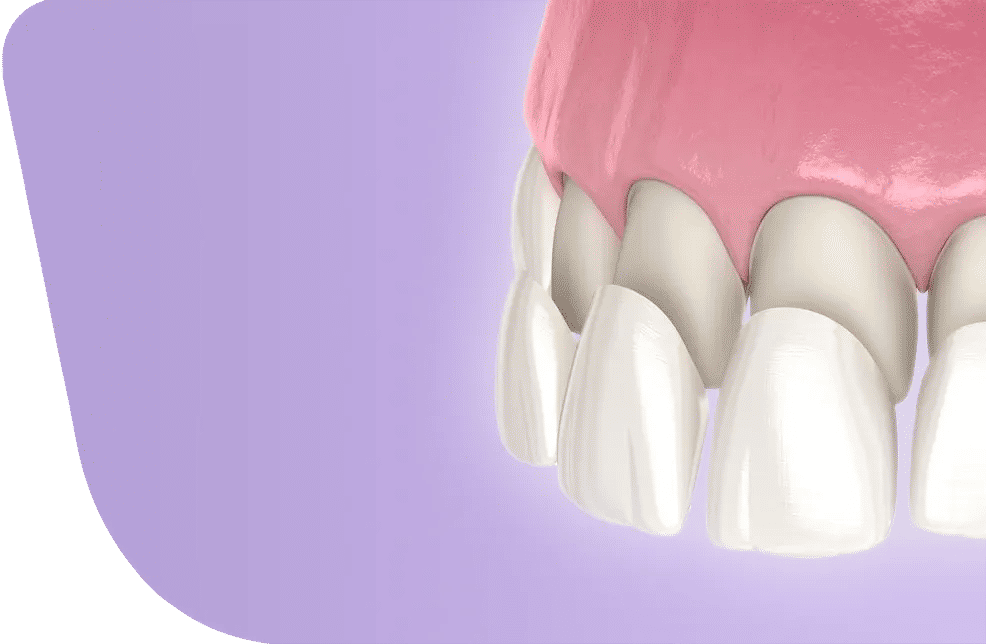
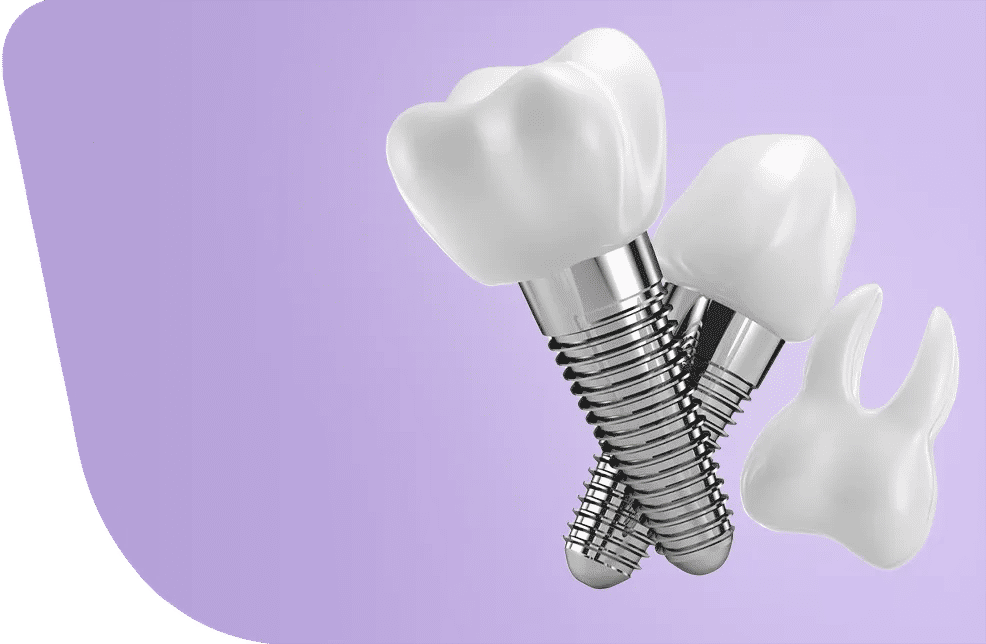
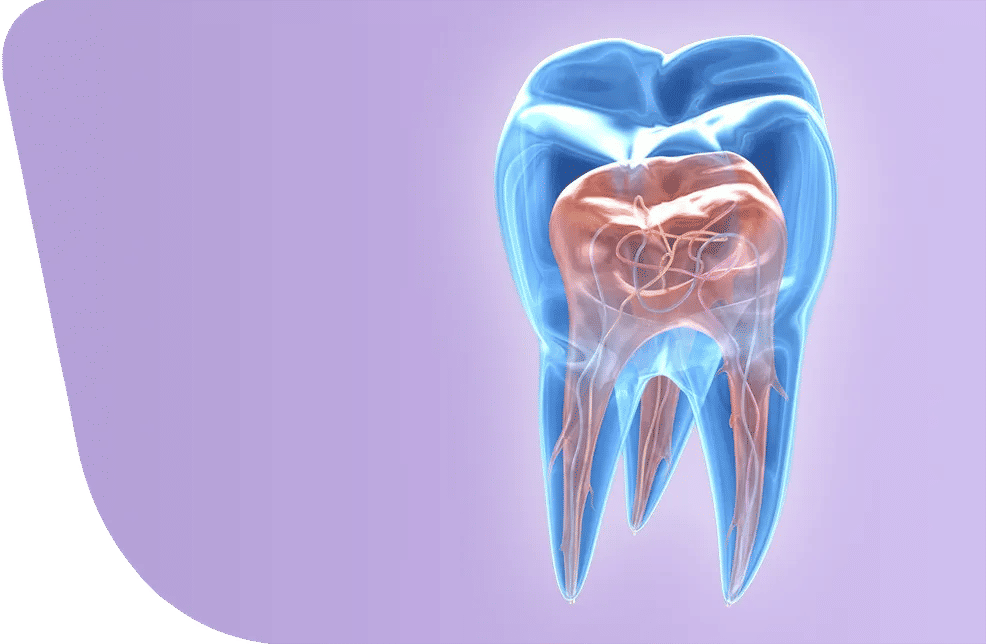

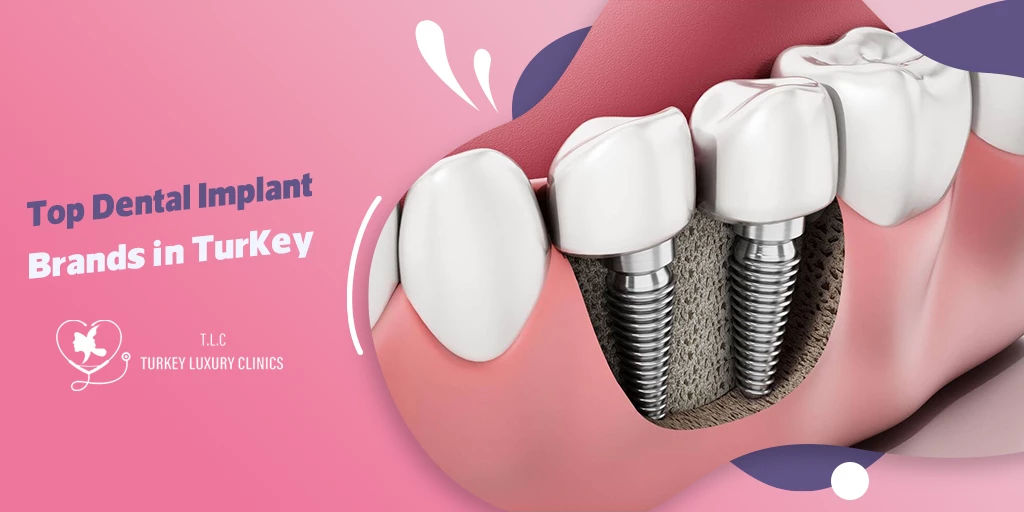




.webp)
.webp)
.webp)
.webp)

